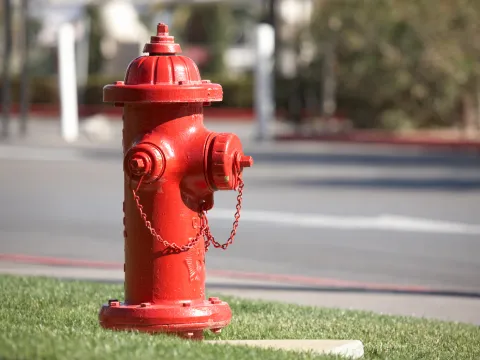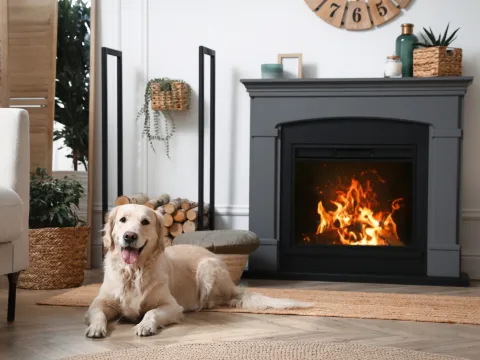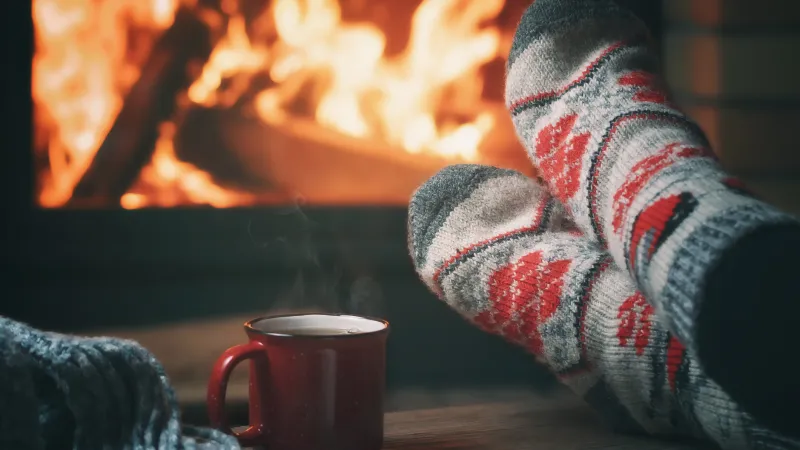
Fireplace and Wood Stove Safety
Summary
Reading Time
5 min
Enjoying the warmth and calm of sitting around the fireplace with loved ones? Cozy! A house fire caused by improper use of your fireplace? Not so cozy.
The National Fire Protection Association states that while fires involving fireplaces or chimneys were involved in fewer than 7% of fires caused by heating equipment, they caused more than one fifth of overall property damage at 22%.
We’ve got you covered with tips to enjoy your fireplace or wood stove safely.
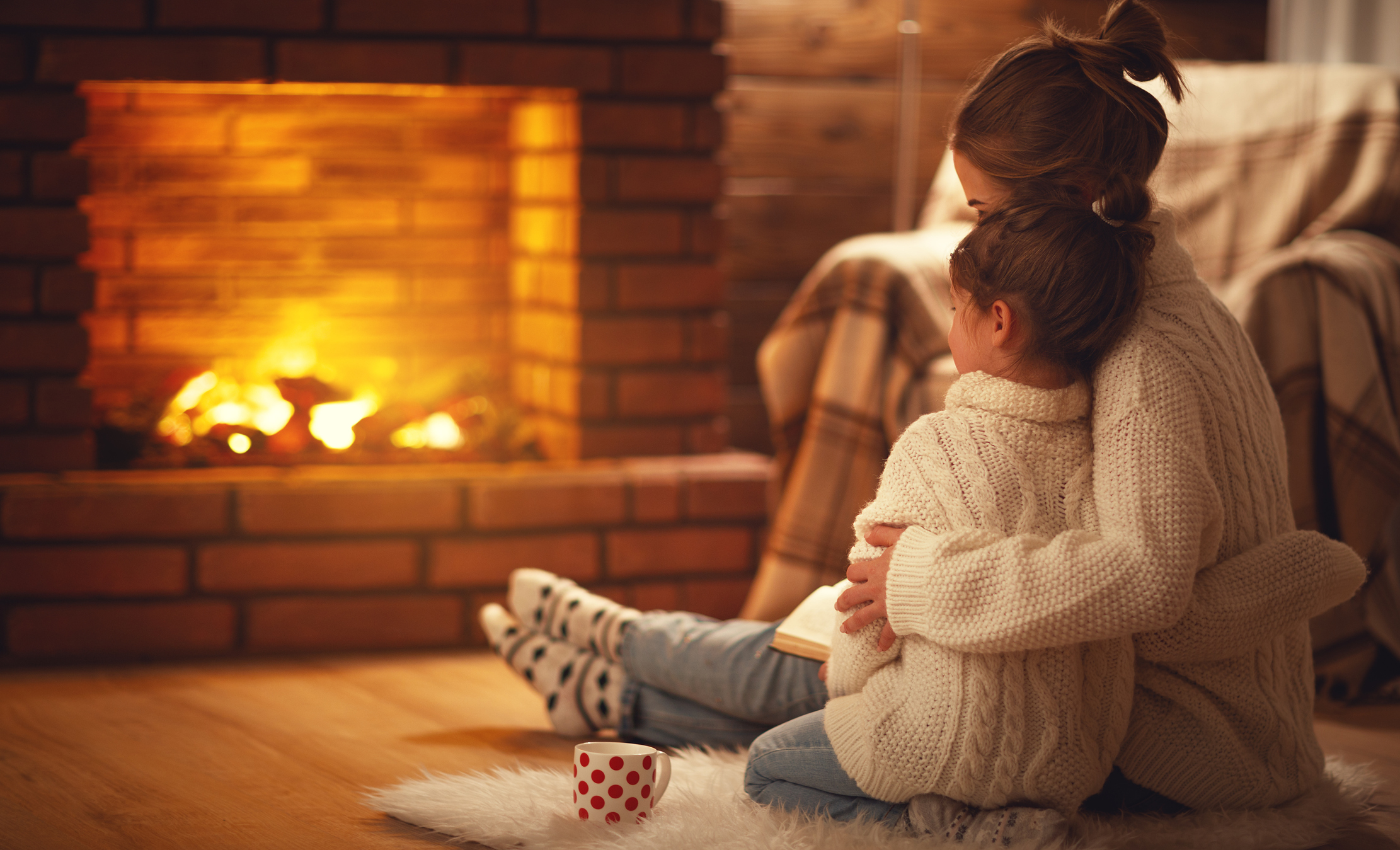
Chimney Inspections
Chimney inspections are very important to determine if any maintenance or repairs are required to continue using your fireplace or wood stove safely. A chimney should be inspected at least once a year by a WETT Certified Chimney Technician prior to using it for the season. They will determine if your chimney needs to be repaired or maintained.
Ever wondered why your chimney might need some TLC? There are a few usual suspects that can cause your chimney to beg for attention.
Weather: Rain, snow, and even the occasional super hot day can cause wear and tear on your chimney. Over time, the bricks and mortar can start to crack or crumble. Plus, water getting into those cracks can lead to even bigger problems like mold or rot. Yikes!
Creosote: Creosote is a by-product of burning wood – the black residue that builds up in your chimney as you use your fireplace or wood stove.
Too much creosote build up can result in a chimney fire. To lessen creosote buildup, burn fires using dry, well-seasoned wood. Keep the fire small to burn the wood completely, as less smoke will be produced.
Critters: Birds, squirrels, and other small animals might decide your chimney is the perfect place for a new home. While it might be cozy for them, it can cause blockages and other damage. Plus, no one wants to deal with the smell of a forgotten little critter in there. Trust us on that one.
A professional can help you with any of these issues that they identify during your annual chimney inspection.
More Tips for Safe Use
Smoke Detectors: Have a smoke detector on every floor of your home. Make sure to test that they are working properly at least twice a year. Testing your smoke detectors is easy and takes just a few minutes - press the test button until you hear that loud, unmistakable beep. If it sounds off, your detector's in good shape. If not, it might be time to change the batteries or even replace the unit. While you're at it, consider cleaning them to get rid of dust and debris. Remember, a working smoke detector can be the difference between a close call and a catastrophe.
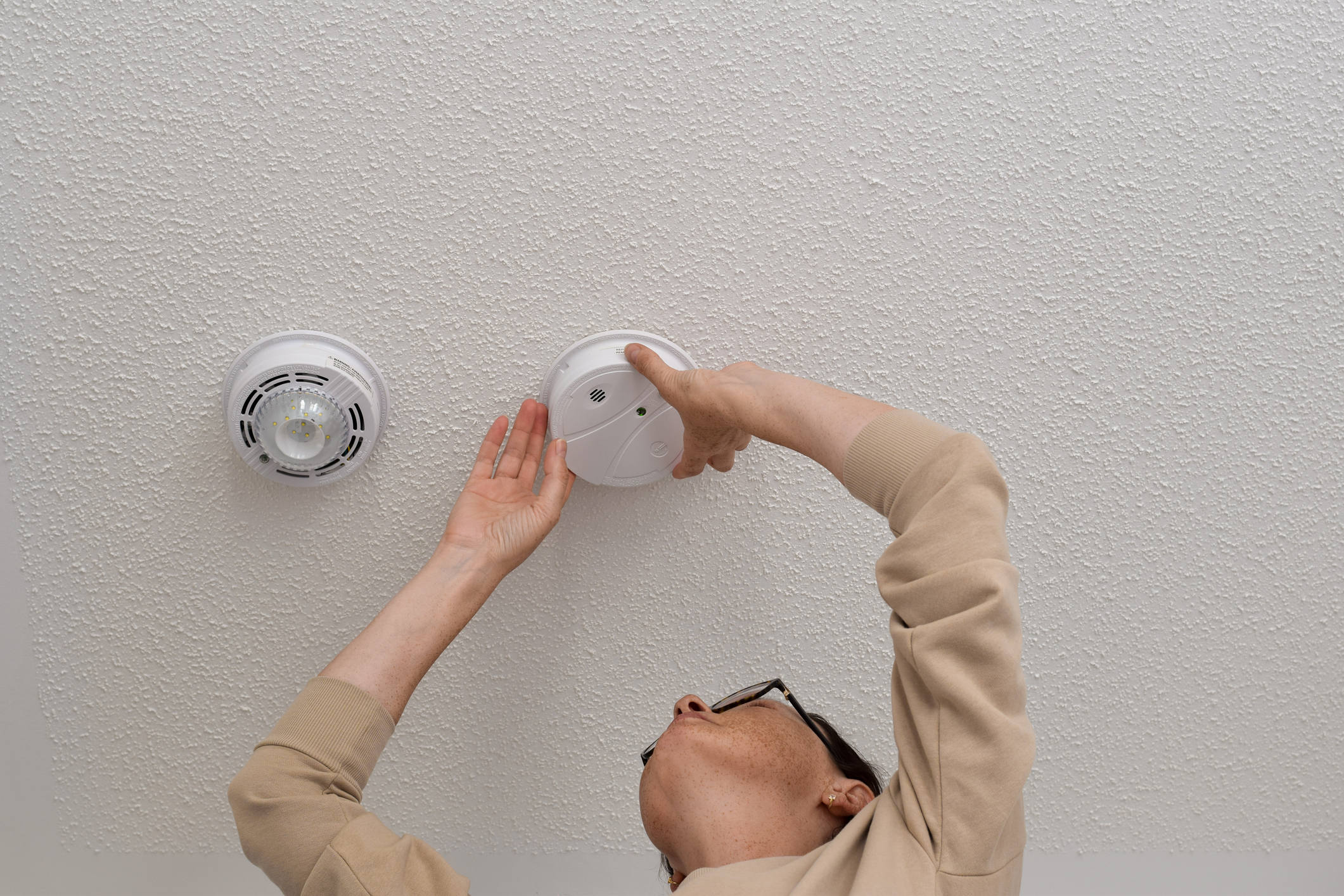
Fire Extinguisher: Keep a fire extinguisher near your fireplace or wood stove. First things first, make sure to place the fire extinguisher in a spot that's easily accessible. You don’t want to be scrambling over furniture or knocking over a lamp to reach it in an emergency. A good rule of thumb is to keep it within arm’s reach but away from potential fire hazards. And yes, that means no tucking it away in the back of a closet.
Now, onto the fun part – training time! Gather the family around and give everyone a hands-on tutorial. You don’t need to be a firefighter to know the basics: pull the pin, aim the nozzle, squeeze the handle, and sweep side to side.
Ensuring your fire extinguisher is in good working order is pretty straightforward, and it’s definitely something you don’t want to skip.
- First, check the pressure gauge. This little guy is your extinguisher’s way of telling you whether it’s ready to roll or not. The needle should be in the green zone. If it's in the red, it’s time to get it serviced or replaced.
- Give the extinguisher a good once-over for any signs of physical damage like dents, rust, or a clogged nozzle.
- Make sure the pull pin is intact and the tamper seal is unbroken. If the seal is broken, it might mean the extinguisher has been used or tampered with, and you’ll want to get it checked out.
- Finally, give it a gentle shake – the contents can settle over time, and a little shake can keep it ready for action. Remember to do this monthly, and you’re good to go!
Don’t Leave the Fire Unattended: Make sure that it’s extinguished when you leave the room. Always double-check that everything’s safely snuffed out before you head off to bed or even just to another room. Think of it like leaving the stove on—never a good idea!
Clean and Dispose of Ash: Make sure your fire is completely out and the ashes are cool before you start. Once you're ready, grab a metal container—plastic isn't a good idea here because, well, melted plastic isn't fun for anyone. Scoop out the ash carefully, aiming to avoid creating a dust cloud that makes you feel like a chimney sweep from the 1800s.
After you've collected all the ashes, secure the lid on your metal container and let it sit somewhere safe until everything has cooled down completely. This could take a few days, so be patient. Once the ash is fully cooled, you have a few options: you can dispose of it in your regular trash, or if you're feeling particularly eco-friendly, sprinkle it in your garden. Ash can act as a natural fertilizer, but remember to use it sparingly.
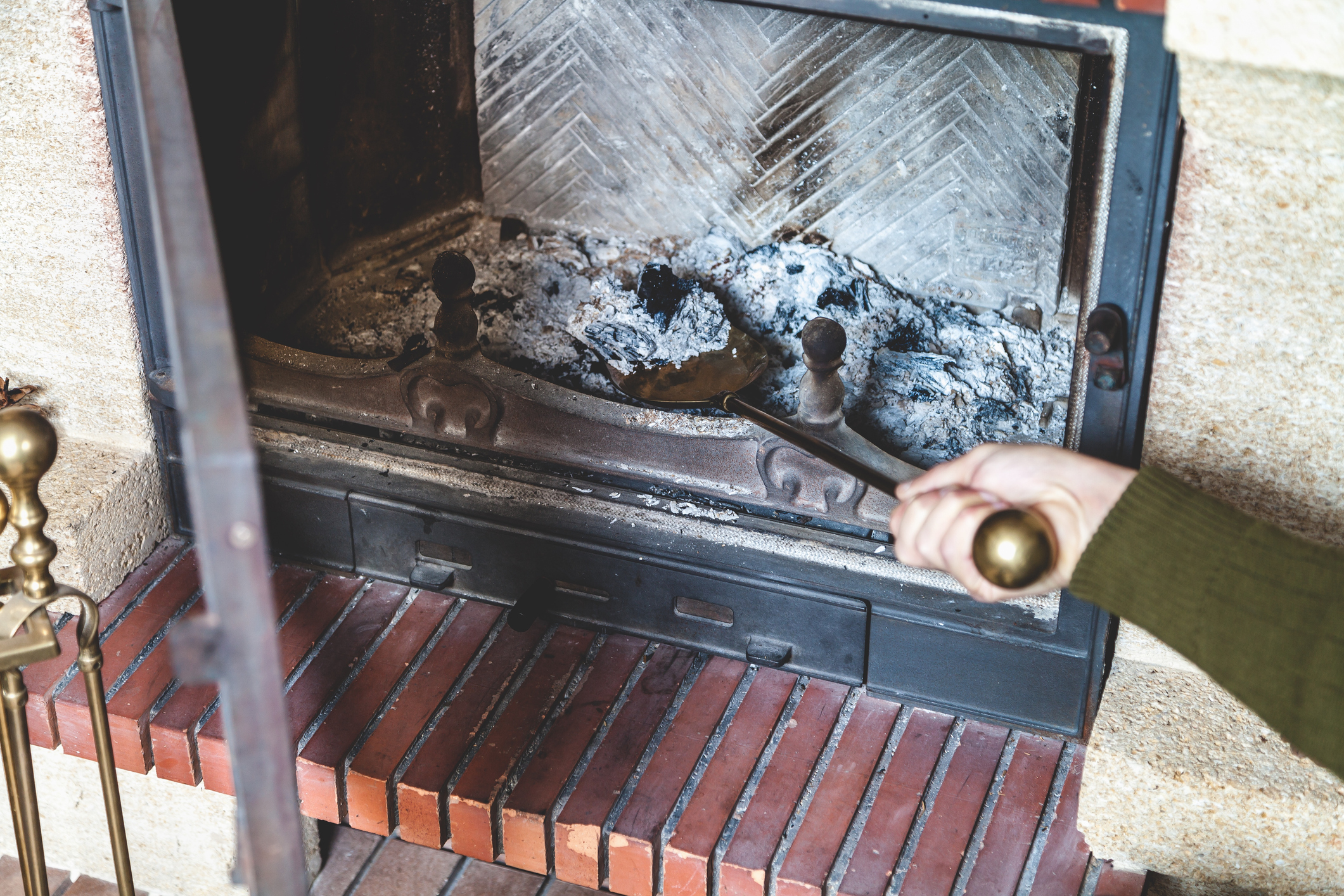
No Accelerants: Don’t use accelerants such as gasoline or kerosene to start a fire, as they can cause large flare-ups. Instead, stick to safer methods like using dry kindling, newspaper, or fire starters designed for the job. These options will give you a steady, manageable flame and keep your eyebrows intact.
Educate and Supervise Children: If you have children in your household, make sure to teach them about the dangers of fire. Always supervise them when they are in the same room as the fireplace or wood stove, and consider putting up safety barriers if children under the age of 5 are present.
Insure Your Home in Case of Fire Damage
Following these tips will significantly lower your risk of a fire due to a fireplace or wood stove, but still, accidents can happen. Don’t forget to insure your property in case of fire damage! Sandbox offers insurance for your home, condo, rental (whether you’re a tenant or a landlord), and cabin or cottage. So if you’re in Saskatchewan, Manitoba, or Alberta, visit an insurance broker and ask about Sandbox property insurance.
Please note that the information in this article may not accurately reflect your insurance policy from Sandbox Mutual Insurance or another insurance company. Please refer to your policy or talk to your broker about your specific coverages.

FAQ'S
Do fireplaces and wood stoves really need yearly chimney inspections?
Yes — even if you only light a cozy fire on special occasions. A WETT-certified technician can spot buildup, wear, or sneaky critter nests before they become real hazards. A quick annual check keeps the warmth in and the worry out.
Why is creosote such a big deal?
Creosote is that dark residue left behind when burning wood. If too much builds up, it becomes a fire starter you definitely don’t want. Burning well-seasoned wood and keeping fires small helps prevent excessive buildup — and keeps your chimney off the pyrotechnics roster.
How can I make sure my family stays safe around the fireplace?
A little prep goes a long way. Keep a fire extinguisher nearby, test smoke detectors regularly, teach kids about fire safety, and never leave a flame unattended. Enjoy the cozy vibes — but let the safety precautions burn just as bright.

